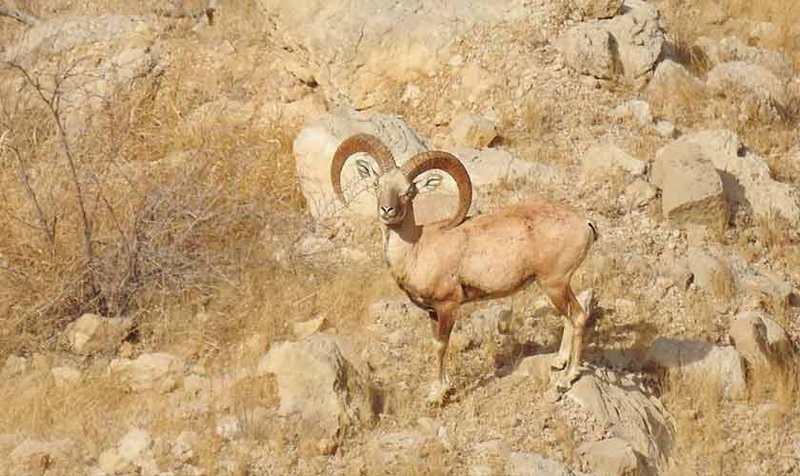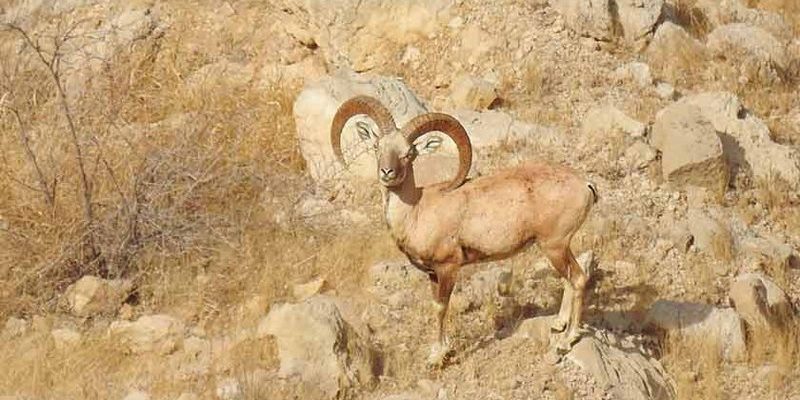
Just picture a mother urial gracefully navigating the rocky hills, her strong legs carrying her across steep cliffs and lush valleys. She’s not just wandering; she’s on a mission to find safe havens, ensure her lambs learn essential skills, and protect them from predators. It’s a bit like a parent in a bustling city, always looking out for their kids amidst the chaos. So, how do these incredible animals manage the challenging task of child-rearing in nature? Let’s dive into the world of urials and explore their parenting strategies.
Understanding Urials: The Basics
Urials, also known as *Ovis vignei*, are medium-sized sheep found primarily in the mountainous regions of Asia. They possess long, curved horns, a reddish-brown coat, and sturdy bodies. Living in herds, these animals navigate rocky terrains and grasslands, showcasing their resilience and adaptability. You might be wondering why their habitat is so significant. Well, urials thrive in environments where food is plentiful, and steep landscape provides natural protection against predators.
Interestingly, urials are social animals, forming groups that can range from just a few individuals to large families. This social structure plays a crucial role in how they raise their young. Like a close-knit community, the presence of other adult urials helps safeguard the young lambs while they learn the ropes of survival in the wild.
The Breeding Season: Timing is Everything
The breeding season for urials typically occurs in the late autumn months, which is quite strategic. Here’s the thing: by timing their mating season when food sources are relatively stable, mothers can ensure they have the energy needed for lactation and to care for their young.
After a gestation period of about five months, females give birth to a single lamb, although twins are not unheard of. This timing allows the lambs to be born in the spring, coinciding with a surge in available food. As the flowers bloom and grasses grow, there’s more nutrition for the mother, which translates into healthier babies.
During this period, mothers often seek out secluded areas to give birth, ensuring their lambs are safe from potential threats. You’ll often find these mothers adopting a “safe zone” approach, moving away from the herd to a quieter spot where they can bond with their newborn and stay out of sight from predators.
Mothering Behaviors: How Mothers Care for Their Lambs
Once a lamb is born, the real journey begins for the mother. She has to be vigilant and nurturing, teaching her lamb everything it needs to know about survival. Urial mothers are incredibly protective, often staying close to their young to shield them from danger.
You might be picturing a mother urial nudging her lamb to encourage it to stand for the first time, and that’s exactly how it goes! After a few days, the lambs can begin to walk and keep up with the herd. This early mobility is crucial because, in the wild, staying close to the group is a matter of life and death.
Beyond just protection, mothers play a key role in teaching their lambs how to forage. They lead their young to grassier areas, showing them what to eat and what to avoid. This learning process is essential because it’s not enough to just eat; lambs must learn how to find food in their harsh environment. Imagine a child learning to cook with a parent beside them—urials have a similar dynamic as they learn the ropes from their mothers.
Play and Socialization: Learning Through Interaction
Socialization is another critical aspect of raising young urials. Lambs spend a lot of time playing and interacting with other young members of the herd. This might seem like just fun and games, but it’s actually a vital part of their development.
When lambs engage in playful activities, like chasing each other or practicing jumping, they’re honing their physical skills. These interactions help them learn agility and coordination, skills they’ll need later to escape from predators. Additionally, social play fosters bonds within the herd, teaching lambs about their place in the group.
As they grow, young urials start to emulate adult behaviors, mimicking the foraging techniques of their mothers and learning how to assert themselves within the hierarchy of the herd. It’s much like siblings learning from one another, but in this case, it’s a whole family of urials working together to ensure the next generation thrives.
Facing Threats: The Role of the Herd
In the wild, threats are an ever-present reality. Predators like wolves and leopards are always on the lookout for a meal, and young lambs are particularly vulnerable. One of the most incredible aspects of urial parenting is how they rely on the herd to protect their young.
When a predator is spotted, adult urials will often form a protective circle around the vulnerable lambs. This communal approach is a lifesaver, quite literally. The adults will distract or confront the predator, giving the young ones a chance to escape. It’s a bit like a neighborhood watch—everyone keeps an eye out for one another.
Mothers also teach their lambs to be alert and aware of their surroundings. They subtly reinforce behaviors that promote caution and vigilance. By constantly teaching their young these survival instincts, they increase the chances of their lambs making it to adulthood.
The Journey to Independence: When Lambs Leave the Nest
As spring turns to summer, lambs begin a gradual transition towards independence. By the age of six months, they start to accompany their mothers on foraging trips more confidently and even venture forth on their own.
It’s a bittersweet time. While the mother urial will always keep a watchful eye, her young ones are growing up and preparing to fend for themselves. By the time they reach a year old, they’ll be fully integrated into the herd, capable of living independently.
This period of learning and growth is crucial. Young urials must develop the skills that will ensure their survival as adults. Just as humans raise their kids to eventually leave home and make their own way in the world, mothers know that letting their young explore is part of the process.
Watching urials raise their young in the wild is like witnessing a beautifully orchestrated dance of life. Each step of the way, from birth to independence, showcases the dedication and resilience of these incredible animals.
Through nurturing, socialization, and protection, mother urials equip their lambs with everything they need to thrive in a challenging world. Their parenting strategies highlight the importance of community, and how cooperation plays a vital role in the survival of the fittest.
In a way, the story of urials is a reminder of our own parenting journeys—filled with love, challenges, and the ultimate goal of raising strong, independent beings ready to face the world. And in this wild setting, each urial plays their part, contributing to the rich tapestry of life in the mountains they call home.

